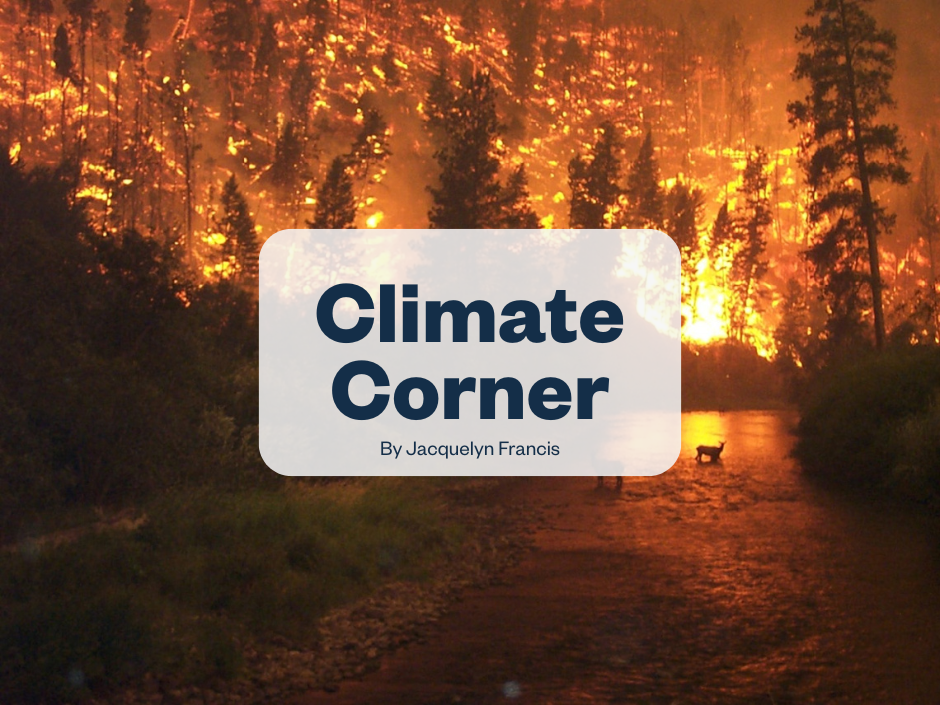Climate Corner: Planet Earth — a hot mess of chaos
- Jacquelyn Francis

- Jan 24, 2024
- 3 min read
Updated: Jul 11, 2024
January in North America has been cold. Guess what? It’s supposed to be. A friend recently told me that he mentioned global warming to a well-educated colleague, and the colleague said something along the lines of, “There is no global warming. It was minus 20 degrees Fahrenheit in Missoula last week.” My response is, “It’s also an unseasonably hot 100 F in Sinaloa, Mexico today. That’s weather, not climate.”
Carbon dioxide and methane (natural gas) are the greenhouse gases that have been in the atmosphere since, well, forever, and have been at a consistent level for about 200,000 years. But we've released more of these gases during the last century than the earth's natural carbon balancing systems can handle. This is causing the average global temperature to rise.
What does that mean? It’s similar to measuring all human beings’ ages and coming up with the average lifespan of humans. This does not tell you how long you will live, but it sets a standard. Regarding global warming data, temperature sensors are everywhere on Earth, and it’s not difficult to determine the average global temperature on any given day or year. This number has been going up with the increase of greenhouse gas emissions. This correlation should not be misunderstood — it’s basic math, counting molecules and measuring temperatures. This is called “global warming,” it’s well-researched and documented.
This rise in average global temperatures puts more heat in both the atmosphere and the ocean (which absorbs both heat and carbon dioxide), leading to climate chaos. Climate systems are changing all over the world. Why? The simple answer is that more heat in a system creates more chaos. Warmer air can hold more moisture and eventually release this moisture. Warmer water can fuel a hurricane and make it bigger. Warmer wind can collide with colder air, creating a more powerful tornado or cyclone. More heat increases dry (drought) conditions and forest fires. All of these define changing climates.
The research on the polar vortex and the jet stream is relatively recent and we will need more time to fully understand it. Still, early predictions point toward global warming creating instability issues with both of these atmospheric systems. A wobbly jet stream and a meandering polar vortex will collide with atmospheric rivers to make epic snowstorms — for now. As the world continues to warm, all bets will be off in the foreseeable future. This is where the scientific consensus also starts to wobble. Our planetary systems are extensive, and Mother Nature will respond dramatically. Some worry the Atlantic Meridional Overturning Circulation will stop (it’s already slowing down), leading to global weather changes that would scramble populations and disrupt geopolitical stability.
The moral of this story is humans are messing with systems we can’t control once emissions are out of the box. The best things we can do is refrain from pulling the heat-trapping gases from underground and putting them into the air and recognize the options available, such as wind, solar, efficiency, geothermal, hydropower, energy storage, compostable plastics, minimizing waste, capturing methane, green product innovations and yes, fission and fusion to some extent. Plenty of energy and fuel sources are on top of the planet, so let’s not go underground for our carbon. Let’s keep Mother Earth in carbon balance. It’s possible, it’s practical and it’s ethical.
.png)


